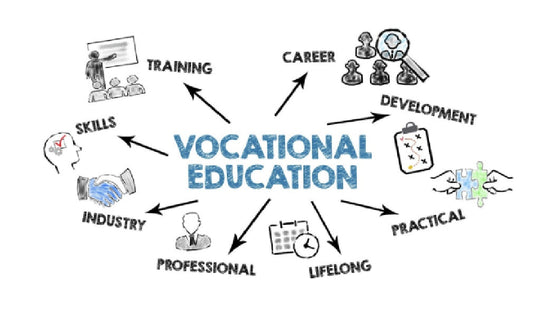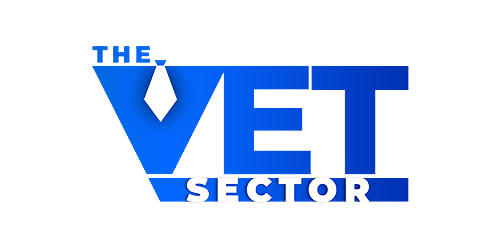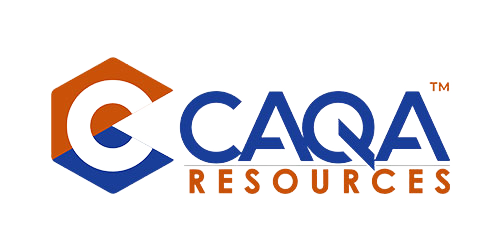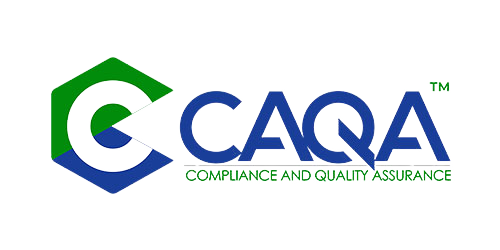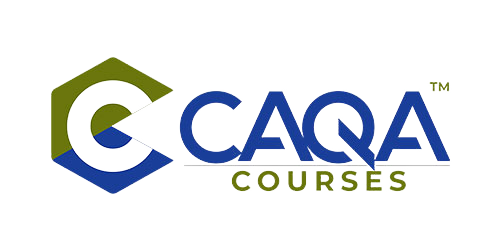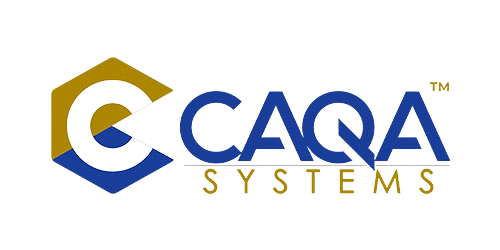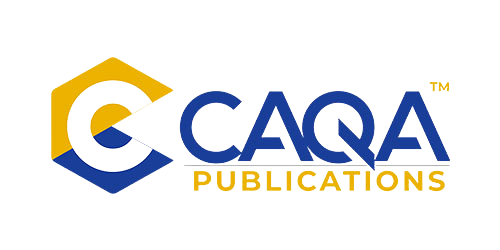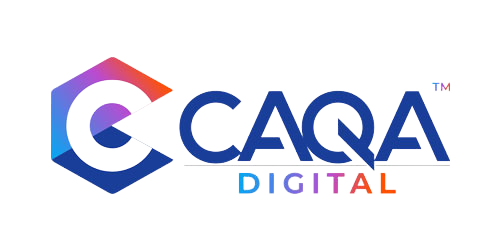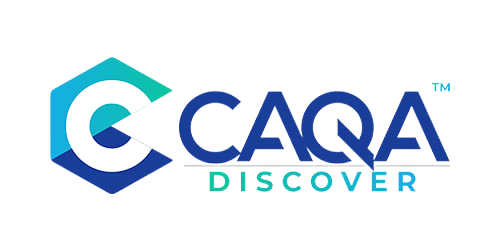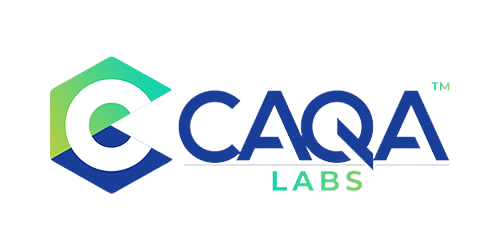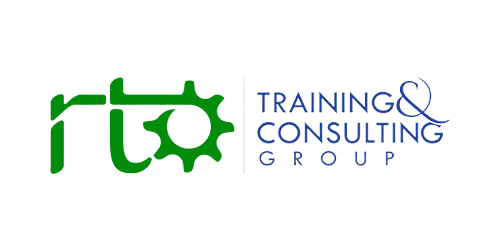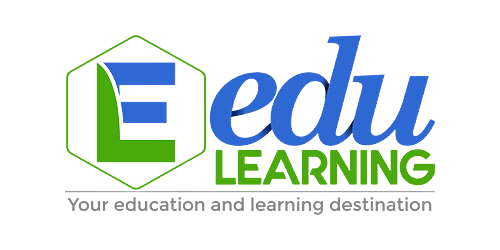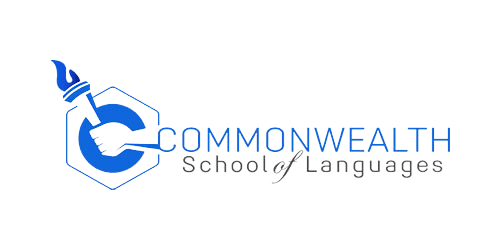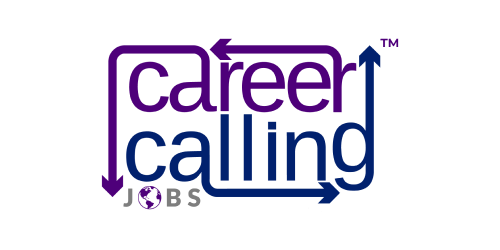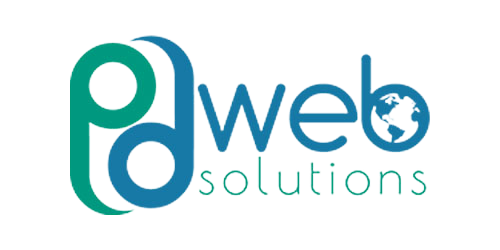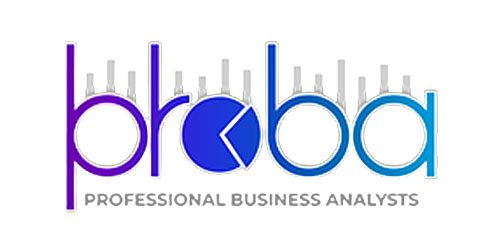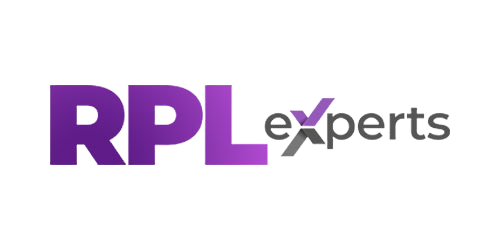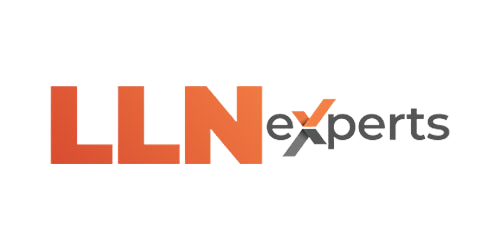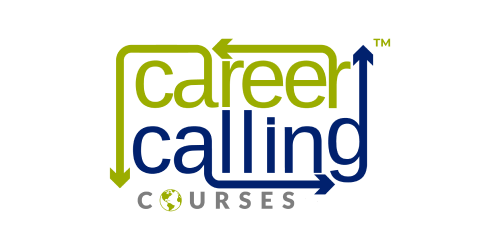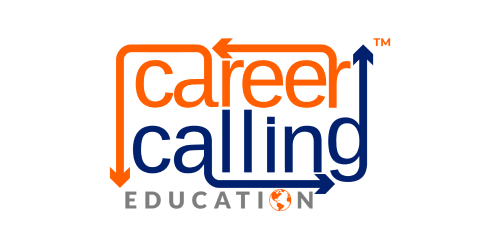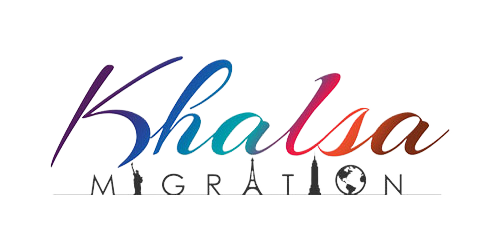Reframing the AI Conversation in Vocational Training
The discourse surrounding artificial intelligence in education often gravitates toward polarising narratives—either celebrating AI as the herald of educator obsolescence or lamenting it as an existential threat to the teaching profession. Within vocational education and training specifically, these replacement narratives miss the transformative potential of thoughtful AI integration. As RTOs prepare for the July 2025 standards implementation, understanding AI's role as an enhancement rather than a replacement for vocational educators becomes increasingly crucial. Auditors may evaluate how effectively providers are leveraging these technologies to augment rather than supplant quality instruction—a distinction with profound implications for both compliance and educational outcomes.
Recent research provides compelling evidence that AI's greatest educational impact emerges through complementary relationships with skilled educators rather than substitution. The global AI in education market is projected to reach $30.28 billion by 2029, growing at 41.4% annually, reflecting substantial investment in technologies designed to enhance rather than replace human instruction. Beyond market projections, practical implementation data demonstrates how educator-AI partnerships improve concrete outcomes, with institutions using AI-driven analytics reporting 5–8% higher student retention rates and programs incorporating AI-enhanced learning environments showing significant gains in skill development and completion rates.
For vocational education providers, this complementary relationship creates unprecedented opportunities to enhance training quality while addressing persistent challenges, including personalisation at scale, consistent assessment, administrative efficiency, and industry alignment. Rather than approaching AI integration as reluctant compliance with technological inevitability, forward-thinking RTOs recognise these technologies as powerful tools for augmenting educator capabilities, extending instructional reach, and improving learning outcomes. When auditors evaluate technological implementation under the 2025 standards, evidence of such thoughtful integration, enhancing rather than replacing human instruction, may demonstrate particular institutional maturity in the approach to educational innovation.
Historical Context: Learning from Past Technological Transitions
The current anxiety surrounding AI's impact on education reflects a recurring pattern of technological integration throughout educational history. From calculators and personal computers to internet access and mobile technologies, each advancement initially triggered concerns about educator displacement—yet ultimately enhanced rather than replaced skilled teaching. Understanding these historical parallels provides valuable perspective for vocational education providers navigating the current AI transition.
The calculator example proves particularly instructive. When electronic calculators became widely accessible in educational settings, many feared mathematics instruction would become obsolete—why teach computational skills that machines could execute instantly? In practice, calculators didn't replace mathematics educators but transformed their focus, allowing greater emphasis on problem-solving strategies, conceptual understanding, and practical applications while automating routine computation. Students using calculators appropriately developed deeper mathematical mastery than previous generations, limited by computational barriers, while teachers adapted their roles to emphasise higher-order thinking within this enhanced technological environment.
This pattern of augmentation rather than replacement has repeated consistently across technological transitions. Word processors didn't eliminate writing instruction but redirected it toward composition, argumentation, and communication rather than mechanical production. Internet access didn't obviate research guidance but shifted emphasis toward information evaluation, synthesis, and application rather than simple fact-finding. In each case, the technology automated certain routine aspects of learning while educators adapted to emphasise higher-order capabilities uniquely suited to human development.
For vocational education providers, this historical perspective offers valuable reassurance amid AI-driven transformation. By understanding how previous technologies enhanced rather than replaced skilled instruction, RTOs can approach AI integration with appropriate nuance, acknowledging legitimate implementation challenges while recognising the tremendous potential for educational enhancement when these tools complement rather than compete with vocational educators.
The Education-AI Partnership: Complementary Capabilities
Understanding AI's role in vocational education requires recognising the fundamentally different capabilities that human educators and artificial intelligence bring to the learning environment. Rather than viewing these capabilities as competitive, forward-thinking RTOs recognise their complementary nature—creating partnerships where each contributes distinct strengths while compensating for the other's limitations.
Human Educator Strengths: Beyond Algorithmic Capability
Vocational educators possess numerous capabilities that remain beyond current AI systems despite significant technological advancements. Among the most significant:
Contextual Understanding and Adaptation: Skilled trainers interpret student questions, confusion, and progress within broader learning contexts, understanding not just what a learner is struggling with but why, and adapting explanations accordingly. This contextual intelligence allows responsive adjustment to individual needs based on subtle cues that AI systems typically miss despite their pattern recognition capabilities.
Emotional Intelligence and Motivation: Effective vocational training involves not just technical knowledge transfer but emotional engagement, building confidence, and fostering persistence through challenges. Educators recognise when learners need encouragement versus challenge, when to push and when to support, and how to build the motivational foundations for sustained skill development. These affective capabilities remain largely beyond AI systems focused primarily on content delivery and assessment.
Ethical Judgment and Value Integration: Vocational training involves not just technical skill development but professional acculturation—helping learners understand ethical dimensions of practice, industry values, and appropriate decision-making in ambiguous situations. Human trainers bring lived experience and ethical judgment to these discussions, modelling professional reasoning that extends beyond procedural knowledge into the normative dimensions of vocational practice.
Creative Problem-Solving and Innovation: Effective vocational educators model creative approaches to novel challenges, demonstrating adaptive problem-solving beyond established procedures. This creativity remains distinctively human despite AI advances in certain generative domains, providing learners with models of innovative thinking essential for workplace success amid continuous change.
AI System Strengths: Enhancing Educational Capability
Complementing these human strengths, AI systems offer capabilities that extend beyond typical human limitations in educational contexts:
Scalable Individualisation: AI systems can provide personalised feedback, adaptive content, and customised practice at a scale impossible for individual educators. This capability addresses a persistent challenge in vocational education—offering truly individualised learning experiences despite resource constraints and diverse student needs. When implemented thoughtfully, these systems extend rather than replace educator reach, allowing more personalised guidance for more learners simultaneously.
Consistent Assessment and Feedback: While human assessment brings contextual understanding, it also introduces potential inconsistency and bias. AI systems can evaluate learner work with perfect consistency across unlimited submissions, providing immediate formative feedback without educator fatigue or variability. This consistency creates opportunities for extensive practice with reliable guidance—a key factor in skill development that human resources alone cannot sustain at scale.
Data-Driven Insight: AI analytics can process comprehensive learning data across entire cohorts, identifying patterns in engagement, performance, and progress that remain invisible at the individual educator level. These insights help trainers understand not just how individual learners are progressing but how entire programs are functioning, highlighting improvement opportunities that would otherwise remain obscured by the limitations of human observational capacity.
Administrative Efficiency: By automating routine administrative tasks—including documentation, scheduling, resource preparation, and basic correspondence—AI systems free educator time and cognitive resources for the distinctively human aspects of vocational training. Research indicates these systems can save 5–10 hours weekly on administrative tasks, allowing trainers to dedicate 40% more time to direct student engagement and higher-order instructional activities.
For vocational education providers, recognising these complementary capabilities enables strategic AI implementation, enhancing rather than replacing human instruction. The most effective approaches leverage AI's strengths in areas like personalisation, consistency, data analysis, and administrative efficiency while preserving irreplaceable human elements, including contextual understanding, emotional intelligence, ethical judgment, and creative problem-solving. When auditors evaluate technological integration under the 2025 standards, evidence of such balanced approaches may demonstrate particular institutional sophistication.
Practical Applications: AI Augmentation in Vocational Education
Beyond theoretical frameworks, numerous practical applications demonstrate how AI augmentation enhances vocational education without replacing skilled trainers. These implementations show particular promise in several domains central to effective training delivery.
Personalised Learning Pathways
Traditional vocational programs often struggle to accommodate diverse learner needs, prior knowledge, and learning styles within standardised delivery models. AI-enhanced learning environments address this challenge through:
Adaptive Content Sequencing: Systems analysing individual performance patterns can dynamically adjust learning pathways—providing additional practice in challenging areas, accelerating through mastered content, and sequencing material optimally for each learner's developmental trajectory. Unlike simplistic branching designs, modern AI systems consider dozens of performance variables to create genuinely personalised pathways without requiring individual trainer design for each learner variation.
Multimodal Learning Resources: AI systems can automatically generate or recommend diverse learning resources addressing the same concepts through different modalities—visual demonstrations, textual explanations, interactive simulations, or auditory guidance. This capability allows learners to engage with concepts through their preferred modalities while developing complementary representational understanding essential for workplace application.
Just-in-Time Support: Advanced systems provide contextually relevant guidance exactly when learners need it, offering explanations, examples, and scaffolding tailored to specific challenges as they emerge. This capability extends the reach of vocational trainers, ensuring learners receive immediate support during independent practice rather than waiting for instructor availability.
For vocational educators, these personalisation capabilities create opportunities to focus on higher-order learning while AI systems handle foundational skill development and routine practice. Rather than replacing trainers, this partnership allows more strategic use of limited instructor time for activities requiring distinctively human capabilities.
Enhanced Assessment and Feedback
Assessment quality significantly influences vocational skill development, yet traditional approaches often suffer from delayed feedback, limited practice opportunities, and assessment formats poorly aligned with workplace application. AI augmentation addresses these limitations through:
Immediate Formative Feedback: AI systems provide instant, specific guidance on learner work, identifying errors, suggesting improvements, and reinforcing effective approaches without delay. This capability enables the extensive deliberate practice essential for skill development, allowing learners to refine performance through multiple iterations with reliable guidance between formal instructor assessments.
Performance Simulation Analysis: In domains requiring procedural mastery, AI-enhanced simulation environments can analyse execution patterns, identifying inefficient sequences, safety issues, or quality concerns in simulated task performance. These systems extend beyond simple correctness evaluation to nuanced analysis of execution quality, providing guidance typically available only through direct observation by expert trainers.
Authentic Assessment Design: AI tools help trainers develop more workplace-authentic assessments by analysing industry documentation, identifying key performance patterns, and generating realistic scenarios matching actual workplace challenges. This capability helps bridge classroom-workplace gaps while maintaining assessment alignment with training package requirements, enhancing both compliance and educational relevance.
For vocational trainers, these assessment capabilities create opportunities to focus on complex evaluative judgments and qualitative feedback while AI systems handle routine assessment components. Rather than diminishing the trainer's evaluative role, this partnership allows more thoughtful engagement with nuanced aspects of learner performance.
Administrative Efficiency and Compliance Support
Administrative requirements consume substantial trainer time in vocational education, reducing availability for direct student engagement and instructional innovation. AI augmentation addresses this challenge through:
Documentation Automation: AI systems generate and organise essential documentation—including session plans, assessment records, student progress reports, and compliance evidence—based on actual training activities. This automation ensures comprehensive documentation without requiring educators to choose between teaching quality and administrative thoroughness.
Compliance Monitoring: Advanced systems continuously analyse training materials, assessment instruments, and instructional practices against current regulatory requirements, identifying potential compliance gaps before they become audit issues. This capability helps providers maintain standards alignment despite frequent regulatory changes, reducing compliance risk while preserving educational focus.
Resource Management: AI tools optimise facility scheduling, equipment utilisation, and material allocation based on enrollment patterns, learning needs, and industry requirements. This coordination enhances resource efficiency while ensuring learners have appropriate access to essential learning environments and materials.
For vocational education providers, these administrative capabilities create opportunities to redirect organisational resources from compliance management to educational quality. Rather than replacing administrative staff, AI augmentation allows more strategic deployment of human expertise toward genuinely complex organisational challenges requiring judgment and stakeholder engagement.
Industry Alignment and Currency
Maintaining alignment between vocational training and rapidly evolving industry practices represents a persistent challenge for providers. AI augmentation addresses this challenge through:
Continuous Industry Monitoring: AI systems analyse industry publications, job advertisements, regulatory updates, and technological developments to identify emerging skill requirements and practice standards. This ongoing environmental scanning helps providers identify curriculum gaps before they impact graduate employability.
Predictive Skills Forecasting: Advanced analytics combine historical employment data with current industry trends to forecast future skill demands with increasing accuracy. These predictions help providers develop forward-looking curricula addressing emerging workforce needs rather than simply responding to current requirements.
Dynamic Learning Resources: AI-enhanced content systems automatically incorporate industry updates into learning materials, integrating new regulations, technological developments, or practice standards as they emerge. This capability helps maintain training currency despite accelerating industry change without requiring constant manual revision.
For vocational educators, these alignment capabilities create opportunities to focus on developing foundational capabilities transferable across evolving industry contexts. Rather than constantly revising content for currency, trainers can emphasise adaptive expertise development while AI systems support ongoing technical currency.
Implementation Considerations: Beyond Technological Determinism
While AI augmentation offers significant potential benefits for vocational education, realising these benefits requires thoughtful implementation, addressing both technological and human dimensions. Several considerations prove particularly important for effective integration:
Educator Engagement and Capability Development
Successful AI augmentation depends not just on technological deployment but on educator engagement and capability development. Implementation approaches should include:
Collaborative Design Processes: Involving educators in AI system selection, configuration, and integration helps ensure these tools genuinely address instructional needs rather than creating additional burdens. This collaboration identifies both opportunities for augmentation and aspects of teaching that should remain distinctively human, creating implementations that enhance rather than constrain educational practice.
Progressive Capability Building: Staged implementation with appropriate professional development helps educators develop comfort and competence with AI-enhanced teaching. Rather than expecting immediate mastery, effective approaches recognise learning curves and provide appropriate support during transition periods—building confidence through initial successes before expanding to more sophisticated applications.
Reflective Practice Communities: Creating forums for educators to share experiences, strategies, and concerns regarding AI integration helps develop collective wisdom about effective implementation. These communities identify both promising practices and potential pitfalls, accelerating organisational learning while providing essential peer support during transformation.
Ethical Frameworks and Governance
Thoughtful AI implementation requires robust ethical frameworks addressing potential risks, including bias, privacy concerns, and appropriate decision authority. Effective approaches include:
Explicit Value Alignment: Clearly articulating the values guiding AI implementation—including educational quality, learner agency, privacy protection, and equity enhancement—helps ensure technologies serve the institutional mission rather than driving it. These values provide essential reference points when evaluating specific implementation decisions or addressing unexpected challenges.
Transparent Governance Processes: Establishing clear oversight mechanisms for AI systems—including regular review of algorithms, data usage, and impact patterns—builds institutional accountability while identifying potential concerns before they become serious problems. These governance processes should include diverse stakeholders bringing varied perspectives to system evaluation.
Continuous Impact Assessment: Regularly evaluating how AI implementation affects different learner populations helps identify potential equity impacts requiring attention. These assessments should examine both educational outcomes and learner experiences across demographic groups, ensuring that technologies enhance rather than undermine educational equity.
Balanced Integration Approaches
Effective AI implementation requires a thoughtful balance between technological and human elements rather than wholesale automation. Considerations include:
Strategic Task Allocation: Clearly identifying which aspects of education should be AI-enhanced versus human-led helps create implementations that preserve essential human elements while leveraging technological strengths. This allocation should consider not just efficiency but educational effectiveness, reserving distinctively human capabilities for contexts where they add the greatest value.
Appropriate Autonomy Levels: Determining appropriate autonomy levels for AI systems—from purely advisory to semi-autonomous to fully automated for specific functions—helps maintain appropriate human oversight while capturing efficiency benefits. These decisions should reflect both system reliability and potential consequences of errors or limitations.
Continuous Adjustment Mechanisms: Building feedback loops allowing ongoing refinement of human-AI interaction patterns helps systems evolve based on implementation experience rather than remaining fixed at initial design. These adjustment mechanisms ensure technologies remain responsive to emerging needs and challenges rather than constraining educational innovation.
For vocational education providers, addressing these implementation considerations demonstrates thoughtful engagement with AI as educational enhancement rather than simplistic replacement. When auditors evaluate technological integration under the 2025 standards, evidence of such nuanced implementation approaches may demonstrate particular institutional maturity.
The Future Landscape: Preparing for Evolving Capabilities
As vocational education approaches the watershed implementation of the 2025 standards, understanding how AI capabilities continue evolving helps providers prepare for future opportunities and challenges. Several trends deserve particular attention:
Increasingly Natural Interaction Patterns
AI systems continue developing more natural interaction capabilities—including conversational interfaces, emotional recognition, and multimodal communication. These advances create opportunities for more intuitive integration within educational environments, reducing barriers between technological and human elements while enhancing accessibility for diverse learners. For vocational education providers, these developments suggest potential for increasingly seamless educational experiences combining human and artificial components without obvious transitions.
Enhanced Creativity Support
While current AI systems excel primarily at pattern recognition and analysis, emerging capabilities increasingly support creative functions including design suggestion, innovative problem-solving approaches, and novel content generation. These developments create opportunities for AI-human creative partnerships where technological systems suggest possibilities that human educators and learners evaluate, refine, and implement. For vocational providers, these capabilities may enhance innovation within traditionally structured training domains.
Expanded Multimodal Analysis
Advanced AI systems increasingly analyse complex multimodal data—integrating visual, auditory, textual, and interactive information streams to provide a comprehensive assessment impossible through any single modality. These capabilities create opportunities for more holistic evaluation of vocational performance, capturing nuanced aspects of skill execution beyond simple outcome measures. For training providers, these developments suggest potential for more authentic and comprehensive assessment approaches better aligned with workplace performance requirements.
Ethical and Regulatory Evolution
As AI adoption accelerates across education, ethical frameworks and regulatory approaches continue evolving to address emerging challenges and opportunities. These developments create both compliance requirements and implementation guidance for vocational providers, helping navigate complex questions around appropriate system use, data management, and decision authority. For forward-thinking RTOs, engaging with these ethical conversations proactively rather than reactively demonstrates a commitment to responsible innovation.
Workforce Evolution and Capability Demands
Perhaps most significantly, AI advancement continues to reshape workforce requirements across industries served by vocational education. These changes create both challenges and opportunities for training providers, requiring curriculum evolution addressing changing skill demands while creating new possibilities for educational delivery and assessment. For vocational educators, these developments highlight the importance of both technological literacy and adaptive expertise development for long-term employability.
For vocational education providers, understanding these evolutionary trajectories helps develop implementation approaches with sufficient flexibility to accommodate emerging capabilities rather than requiring constant reinvention. The most sustainable strategies focus not on specific technologies but on principles for effective human-AI partnership—creating frameworks adaptable to evolving capabilities while maintaining an appropriate balance between technological and human elements.
Conclusion: Toward Transformative Partnerships
As vocational education navigates AI integration amid the 2025 standards implementation, moving beyond replacement narratives toward augmentation mindsets creates opportunities for genuinely transformative educational enhancement. The evidence appears increasingly clear: AI's greatest educational value emerges not through educator substitution but through thoughtful partnership, leveraging both technological capabilities and distinctively human strengths. This complementary relationship creates possibilities for training quality, accessibility, and relevance beyond what either human educators or artificial systems could achieve independently.
For RTOs, embracing this augmentation paradigm requires both technological implementation and cultural transformation—developing not just systems but mindsets recognising AI as a collaborative partner rather than a competitive threat or simple automation tool. This cultural shift involves acknowledging legitimate implementation challenges and potential risks while maintaining focus on the extraordinary possibilities emerging when human and artificial intelligence combine effectively in educational contexts.
Perhaps most fundamentally, this approach recenters vocational educators within technological transformation, not as passive recipients of externally imposed change but as active shapers of AI implementation aligned with educational values and student needs. By engaging educators as essential partners in system design, configuration, and governance, providers can develop implementations that genuinely enhance educational practice rather than simply digitising or automating existing approaches with marginal benefit.
When auditors evaluate technological integration under the 2025 standards, evidence of such thoughtful engagement, approaching AI as an enhancement rather than a replacement, may provide a compelling demonstration of institutional maturity. Beyond compliance considerations, this approach positions vocational education at the forefront of human-AI partnership development, exploring how these complementary capabilities can create learning experiences of unprecedented quality, accessibility, and relevance—preparing learners not just for current workplace requirements but for the continuously evolving capabilities they'll navigate throughout their careers in an increasingly AI-augmented world.





